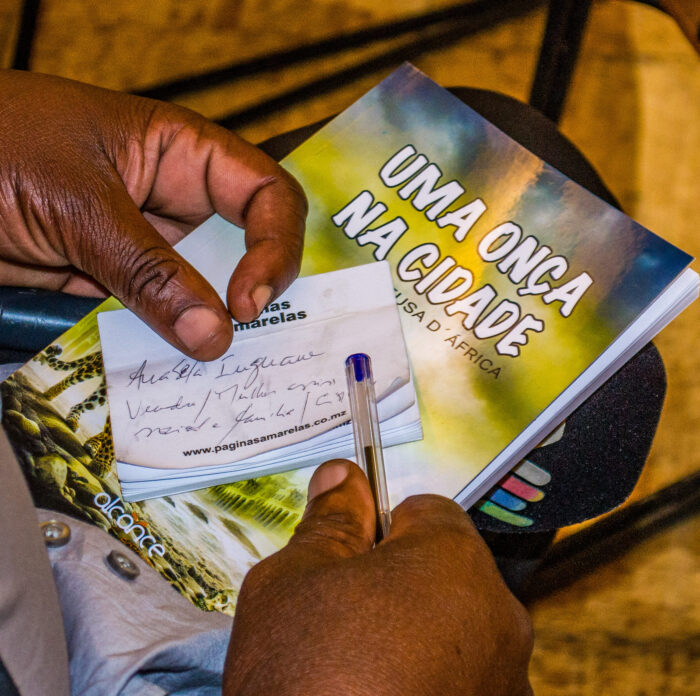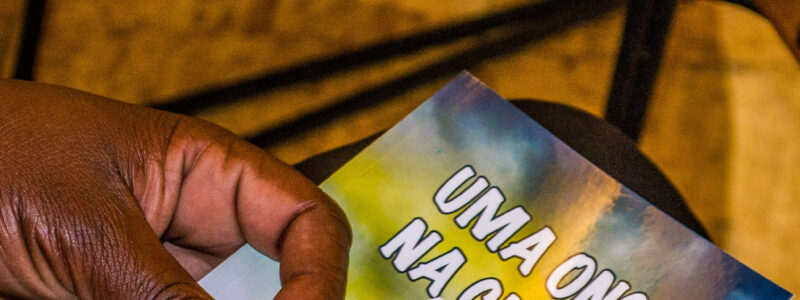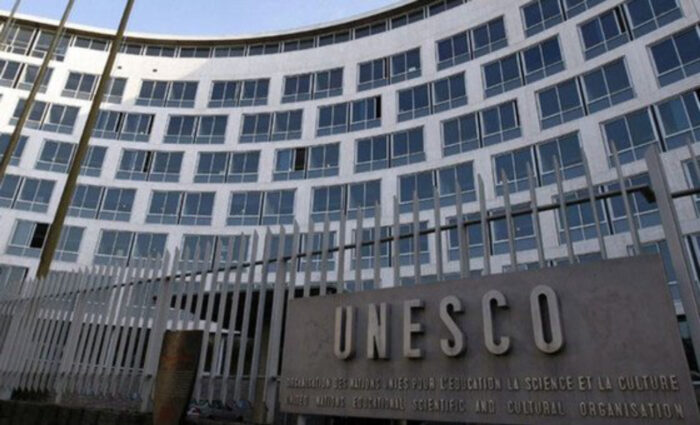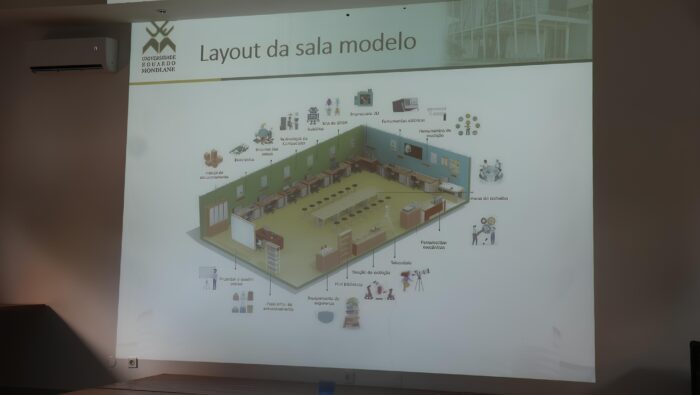
The writer Deusa D'África transmutes the setting of her novel "Uma Onça na Cidade" (A Jaguar in the City) (2023) into a vibrant surreal canvas, unveiling the core of collective memory, interspersed with disturbing ideas and images. The narrative unfolds like a boldly spatulated work.
The backdrop is a lacerating panorama of desolation and violence, where the struggle for survival in the midst of chaos is portrayed with fury and realism. The text, a tangle of metaphors and symbolism, unravels the fabric of human relationships and the bitter consequences of the unbridled power of the media, the military, the militias and the justice system.
The author fictionalises Mozambican daily life, creating an allegorical writing exercise in which the thoughts of an addressee with a face and affections whose imaginary consciousness resides in the land are enunciated.
The narrative takes place in two chapters, the first of which, entitled Prairie, leads the reader to reflect on the country's sexuality in the face of the storms to which the body of its nation is decapitated throughout the regions that make it up and the uncertainties of its sexual orientation.
It is with this in mind that he creates characters abandoned by human and supernatural forces who see their fate left to their own devices when men and women are beheaded by a savage group that kills in the name of their God. One of the main characters in the scene is murdered in a library while reading a book in a school invaded by terrorists.
It also describes the role of the press in a silent war in which everyone finds themselves at a loss in the face of an imbroglio that makes us question the peace so proclaimed. Through the technique of montage, he narrates the rounds of peace negotiations as a light for a people who yearn for everlasting peace, even though they are plunged into dilemmas.
The second chapter, called Munguine and Matalane, fictionalises the challenges faced by those who enter compulsory military service full of dreams and those who, after completing their service, decide to continue in the military and seek out different specialities in the corps. The challenges of a military woman and the stereotypes to which society subjects her, the mother or wife who sees her husband or son giving his life in defence of the homeland.
And finally, it ends with the signing of peace agreements and a country that lives on the memories of war. It's writing that reverberates in the daily life of a country in constant metamorphosis, with a view to building peace and freedom.
According to Sílvio Ruíz Paradiso (in the afterword), this is a novel that transcends the limits of reality, where literature meets painting and both weave a tapestry of despair and hope. Succession and power dynamics, political nuances and the longing for a promising horizon are interwoven in an evocative and poetic prose. Each page is a journey through human duality, plunging the reader into the depths of the soul, where the search for peace intertwines with the web of violence. This is not a book for the faint-hearted; it is a plunge into the bowels of a nation in turmoil.
The images are vivid, sometimes disconcerting, loaded with meaning and provocation. Deusa D'África lays bare the wounds and scars of a nation, transforming pain into art.
The pages of this book are a mirror of life, reflecting horror, beauty and hope, enveloping the reader with a narrative that not only tells a story, but echoes the resonance of the human condition. "A Jaguar in the City" (2023) is a work that challenges the mind and sensibility, like a painting that doesn't just decorate a wall, but transcends space and time, inviting us to delve deeply into its complexity.
The thumb that turns each page is destined to sink into either ink or blood, plunging into the world of Deusa D'África, an artist of words who takes us on a journey through the essence of life, death and everything in between.
(By Deusa D'África)







